Based on same flight principles as real airplanes. Acrobatic stunt performance. |
| airplanes. Therefore the same systematic order is needed for novice fliers to step up a level at a time, just like real pilot training. It is important to choose an aircraft with flight characteristics suitable to your skill level. The end result is you will be able to fly your scale, stunt or acrobatic plane freely and in the way that you imagined. |
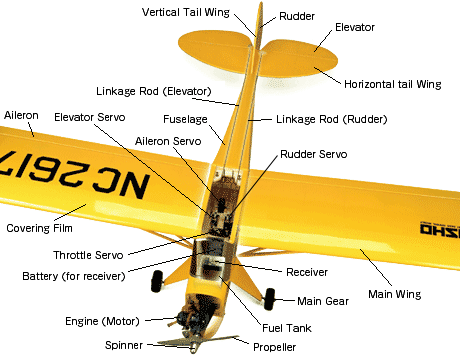 |
|
|
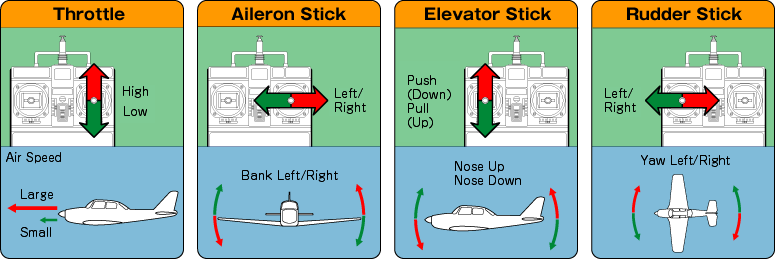 |
 《High Wing Planes》 《High Wing Planes》High level of flight stability makes this type very suitable for novice fliers. |
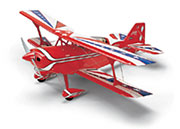 《Acrobatic Plane》 《Acrobatic Plane》Modelled on real World Championship level competition acrobats. Able to perform aerobatic stunts with a high level of difficulty. |
|
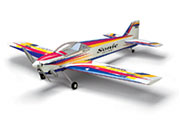 《Low Wing Stunt Planes》 《Low Wing Stunt Planes》For sports stunt flying and competing at World Championships according to F3A rules, these planes have amazing performance and agility. Suitable for experienced fliers. |
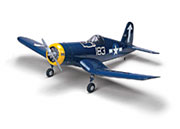 《Scale Planes》 《Scale Planes》Earn their name from being scale versions of all manner of existing aircraft from warplanes to light passenger planes. R/C scale planes often have a degree of difficulty in control, but Kyosho scale planes have excellent stability so you can enjoy flying them as well as admiring their style and finish. |
|
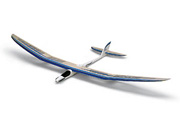 《Motor Glider》 《Motor Glider》The motor is used when climbing to higher altitudes where it cuts off for exhilarating gliding (soaring). When gliding, the propeller folds back along the fuselage to reduce resistance through the air and lengthen soaring time. |
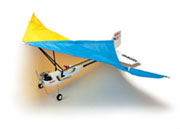 《AutoKite Planes》 《AutoKite Planes》As the name suggests, a kite is used as a wing in this flexible-wing aircraft. Able to fly at very slow speeds, and even hover into the wind at the correct angle. |
|
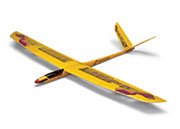 《V-Tail Wing》 《V-Tail Wing》Tail wing configuration adopted in Kyosho’s motor glider in order to reduce resistance through the air. Aileron equipped planes use the rudders on the V-Tail wing as elevators. V-Tail planes without aileron function, use the rudder and elevator movement as a combined “ruddervator”. For this purpose, a transmitter with a mixing function to combine the two rudder applications is required. |
||